(1)Natural Monument No. 496 Silkworm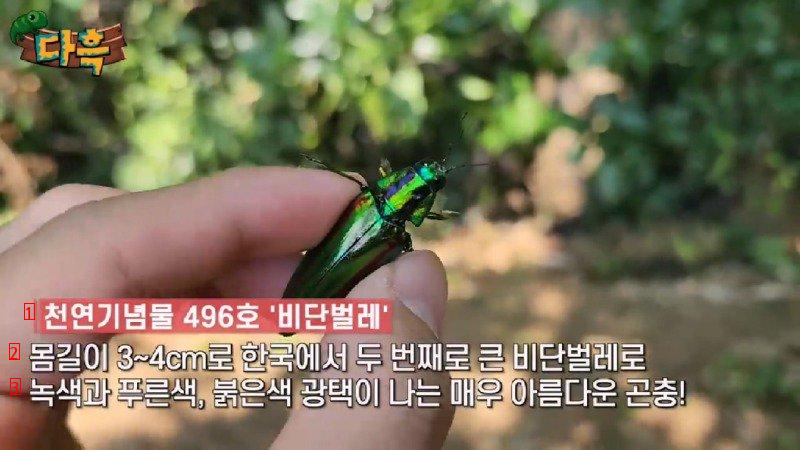
image text translation
(2)It is the second largest silkworm in Korea with a length of 3–4 cm
(3)Very beautiful insect with green and blue red gloss!
(1)You can see them flying from the top of a tall hackberry tree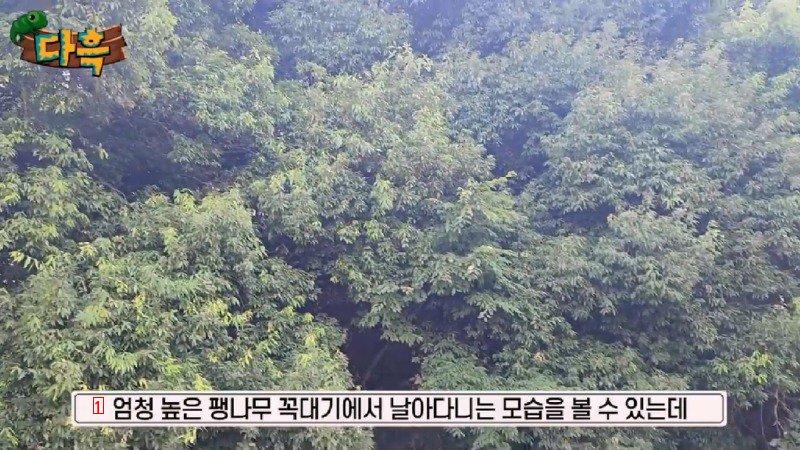
image text translation
(1)Silkworms are also called jade insects in Korea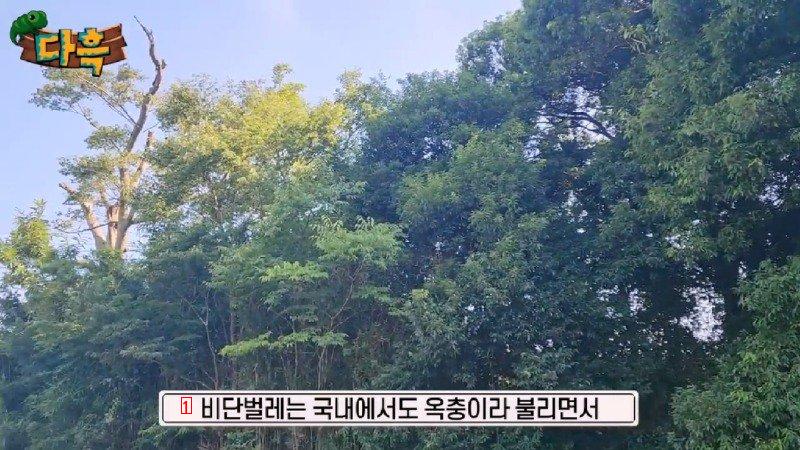
image text translation
(1)It’s one of the rarest insects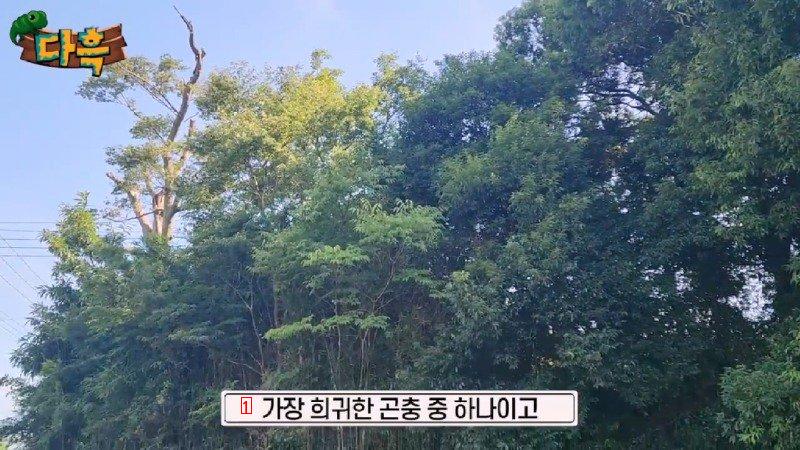
image text translation
(1)It is endangered along with the long-lived bull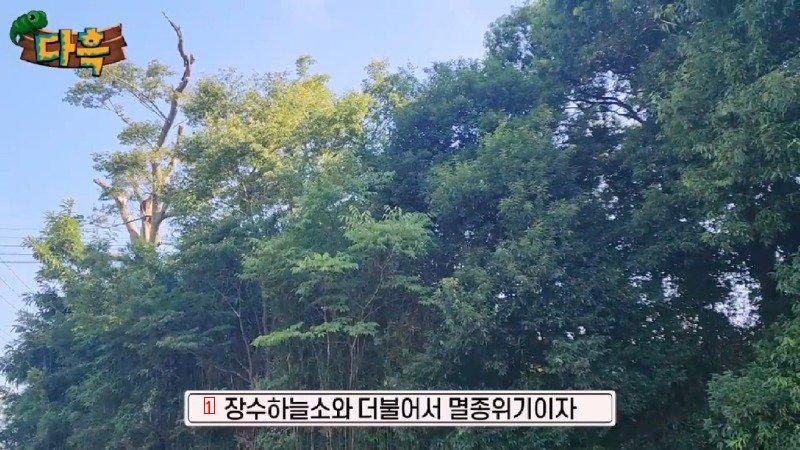
image text translation
(1)It’s a natural monument managed by the Cultural Heritage Administration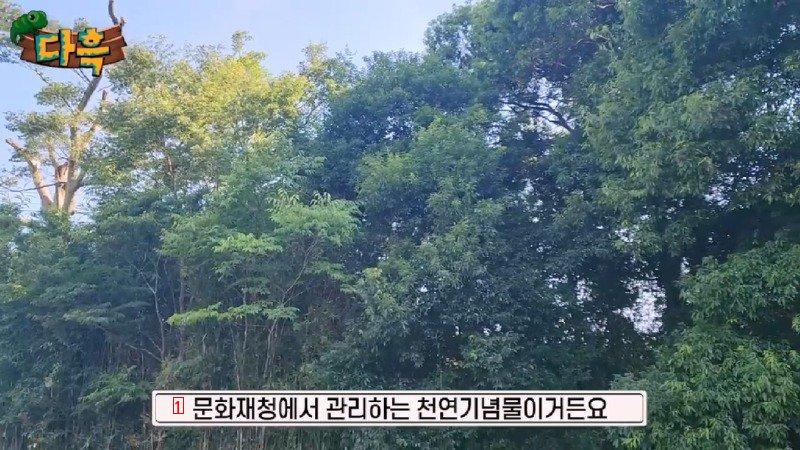
image text translation
(1)Natural monuments can be managed by the Cultural Heritage Administration for up to five years in prison or a fine of up to 50 million won!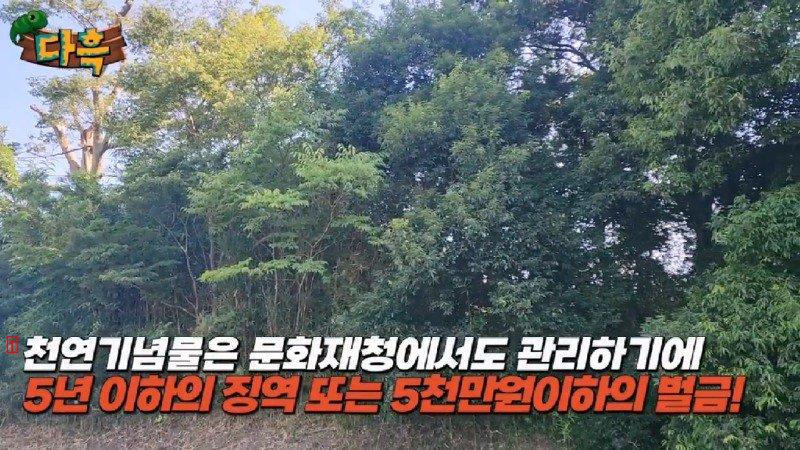
image text translation
(1)This precious thing is dead on the street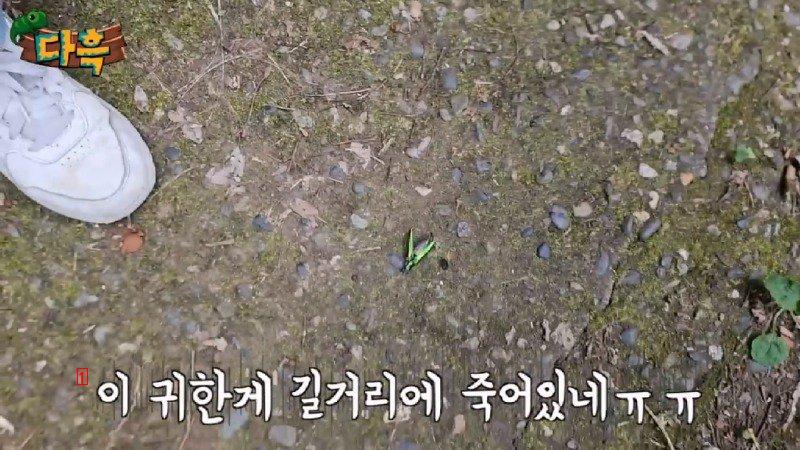
image text translation
(1)They fly too high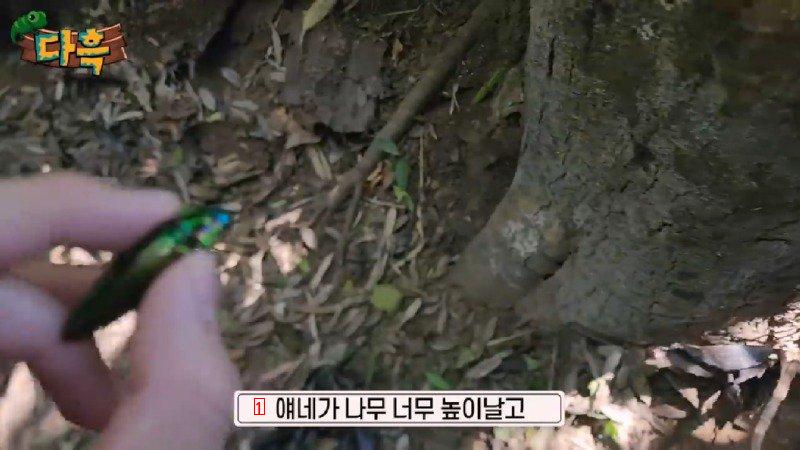
image text translation
(1)We stop promoting in the afternoon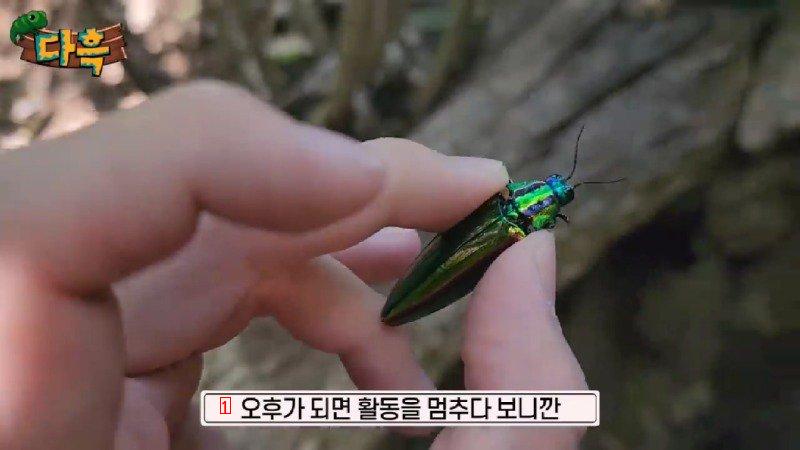
image text translation
(1)The process of grabbing it is really tricky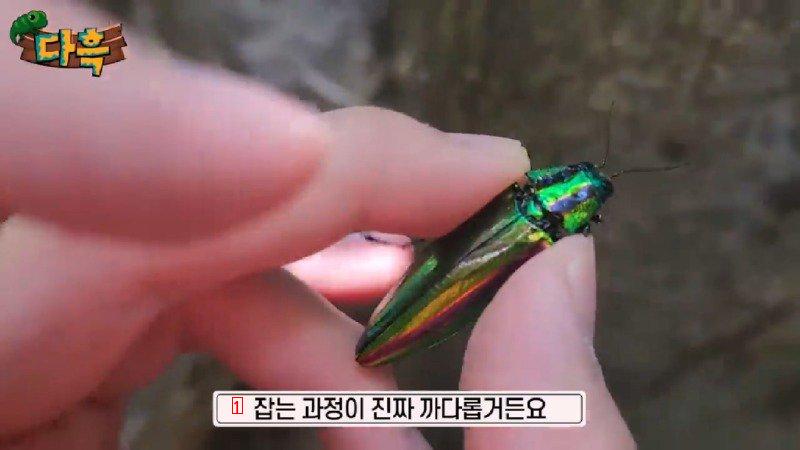
image text translation
(1)In Japan, silkworms lived and filmed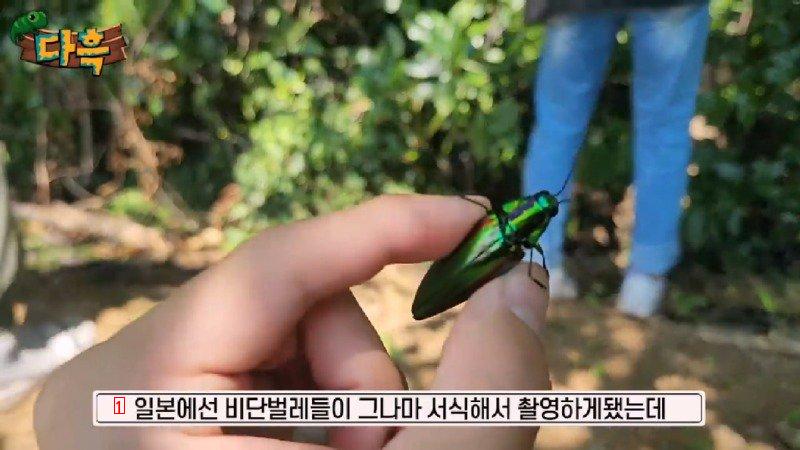
image text translation
(1)In fact, the number of people in Japan is decreasing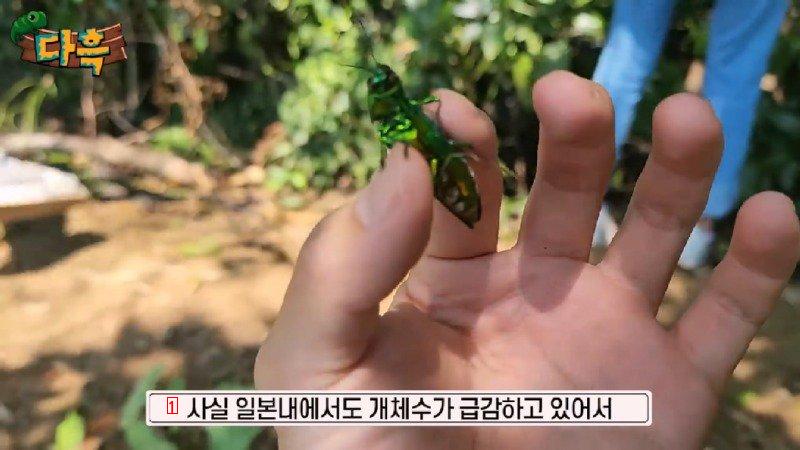
image text translation
(1)It’s not a protective paper right now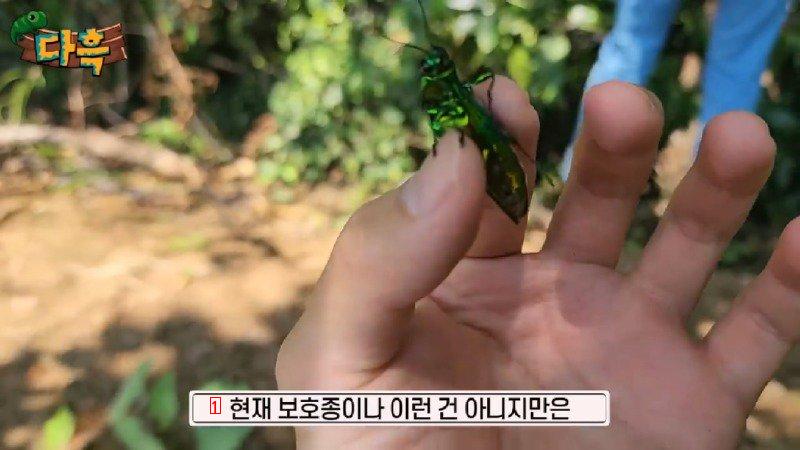
image text translation
(1)It’s a species that people are interested in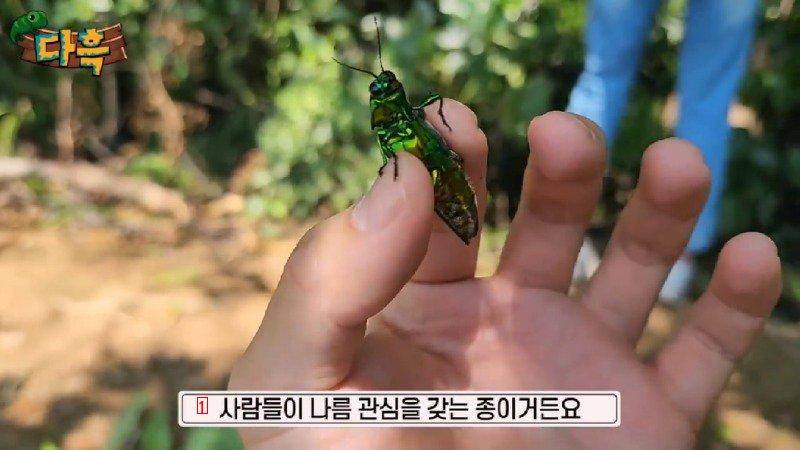
image text translation
(1)The color is crazy. Seriously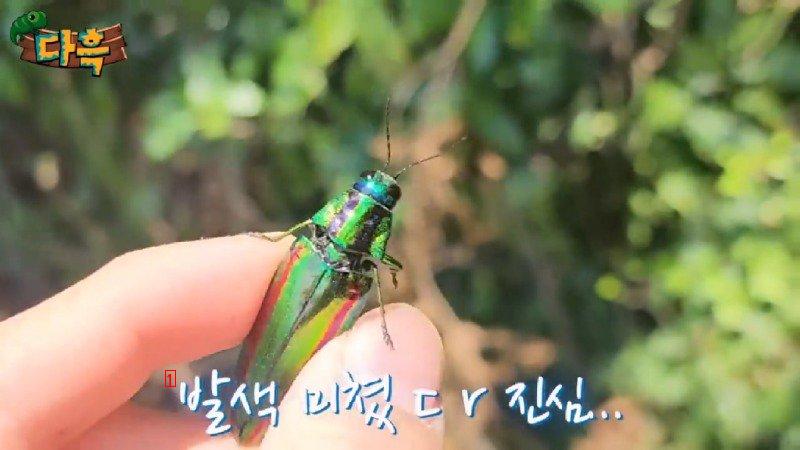
image text translation
(1)Silkworms like broad-leaved trees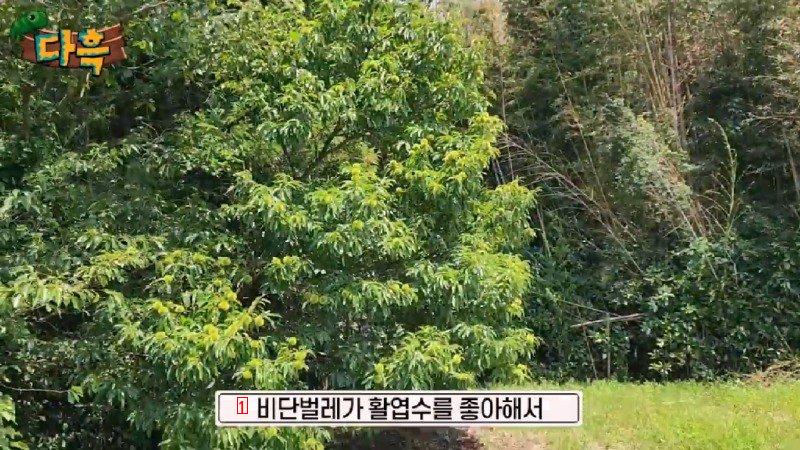
image text translation
(1)I’ll eat oak, too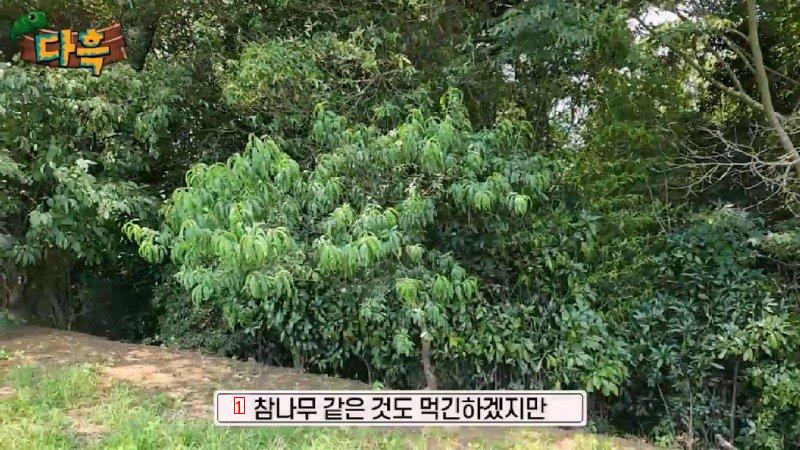
image text translation
(1)Actually, the main tree is Hackberry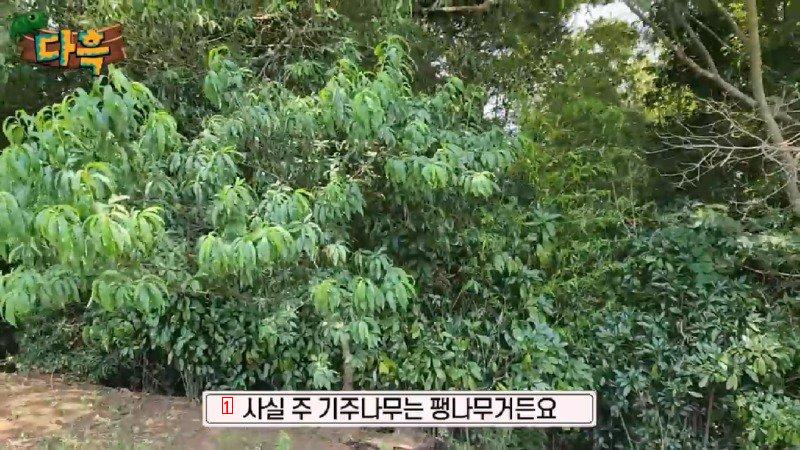
image text translation
(1)But there aren’t many old hackberry trees in Korea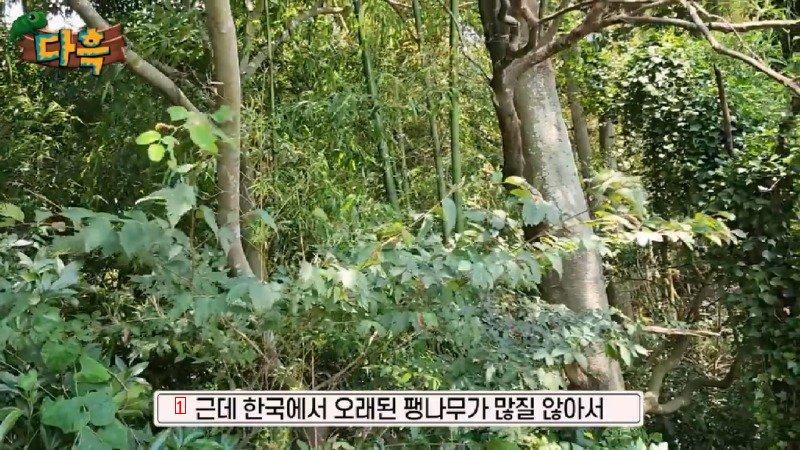
image text translation
(1)In Korea, the way to make them grow wild is simpler than you think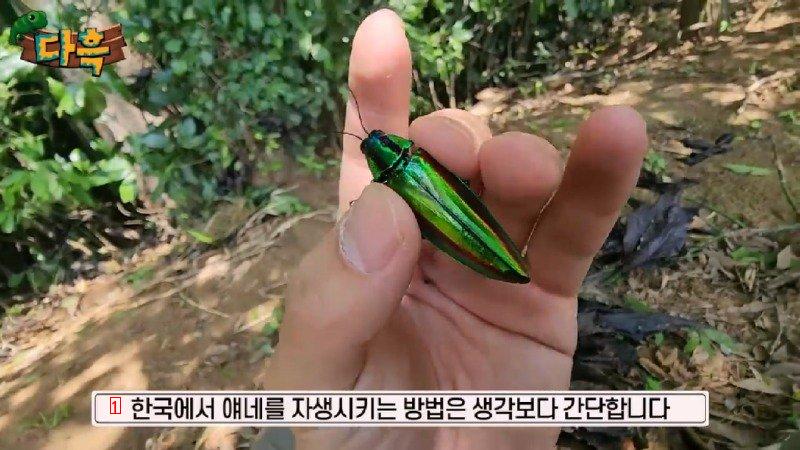
image text translation
(1)You just have to plant a bunch of hackberry trees around your habitat lol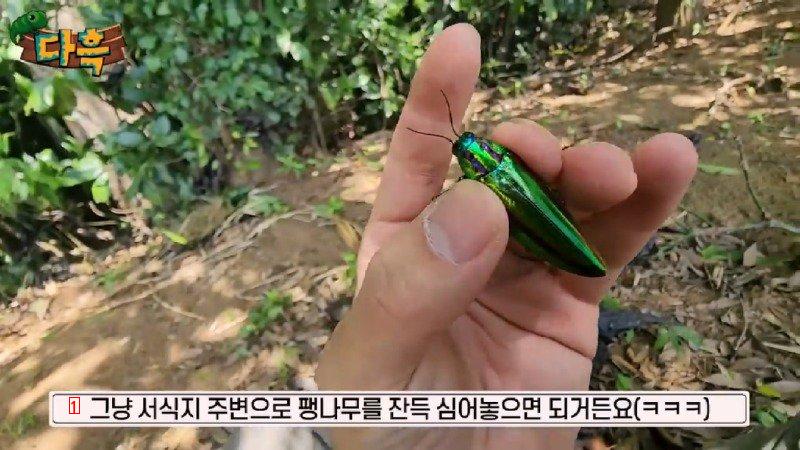
image text translation
(1)And if you pile up rotten hackberry trees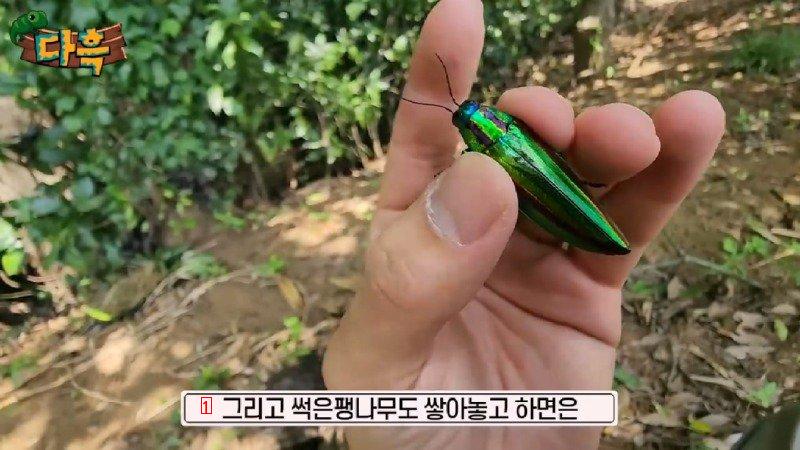
image text translation
(1)They lay eggs in it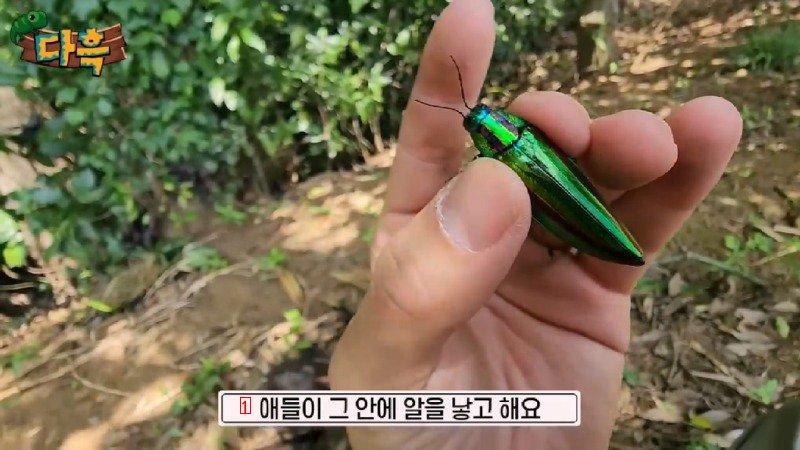
image text translation
(1)It’s a national park anyway, so there’s no one to catch it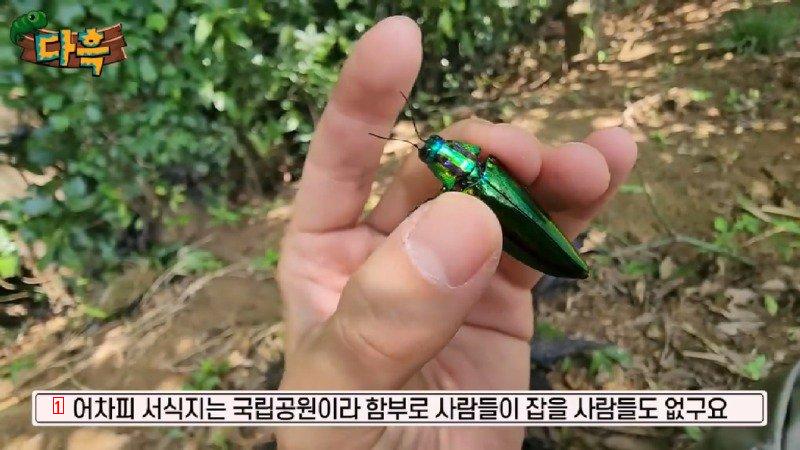
image text translation
(1)Let me tell you how they live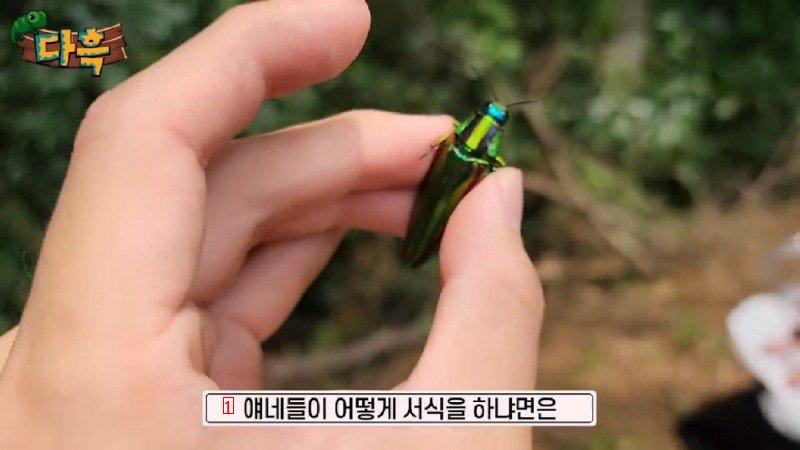
image text translation
(1)You know the Hackberry that lays eggs on dead trees but is half dead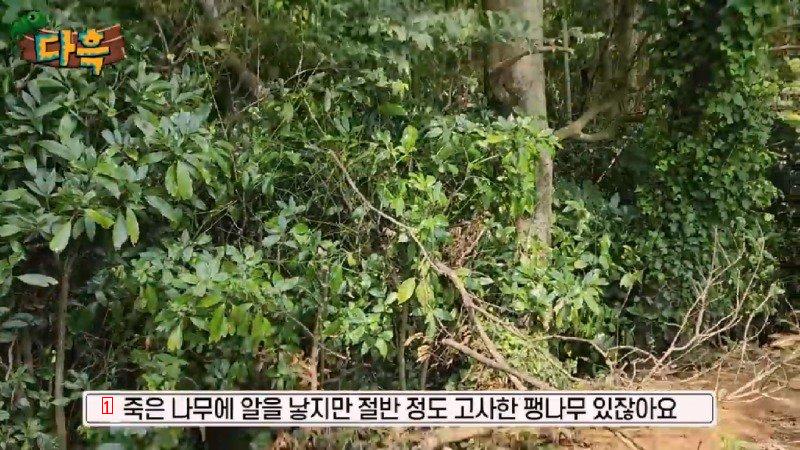
image text translation
(1)I get attached to it and eat the hackberry tree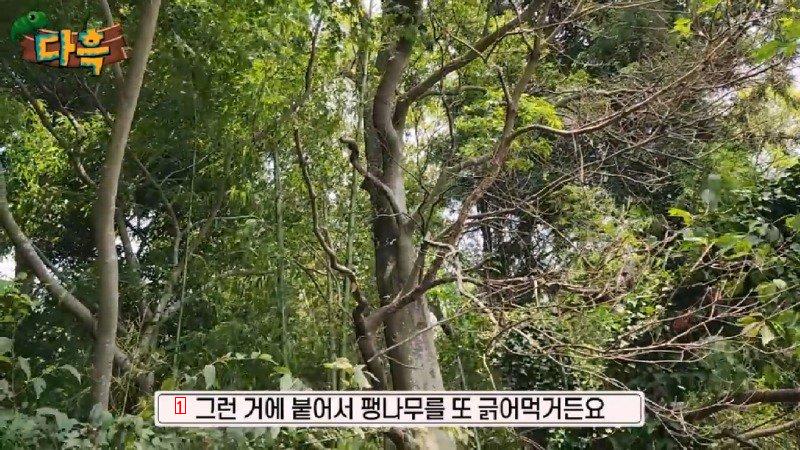
image text translation
(1)Then I’ll eat a little bit of raw wood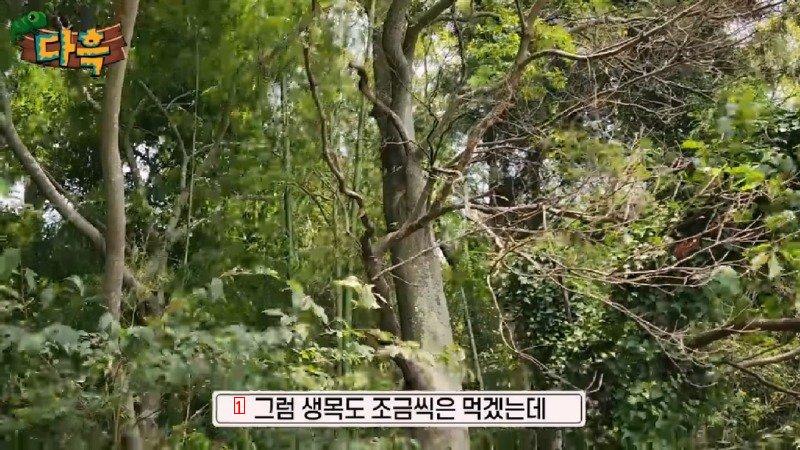
image text translation
(1)I eat the dead part and break it down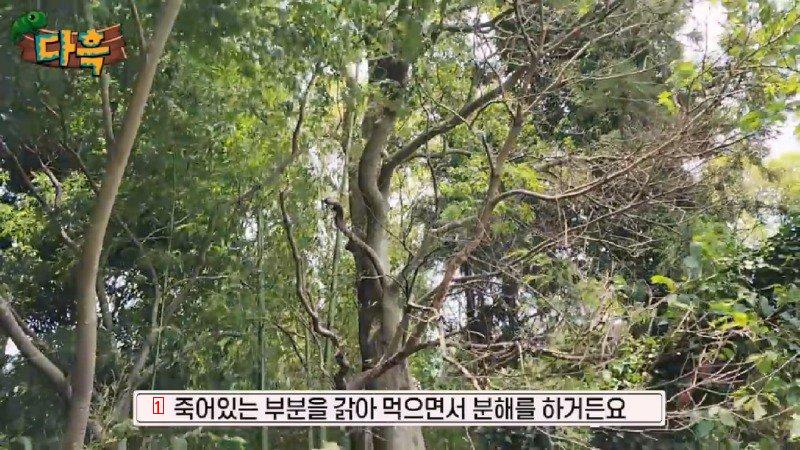
image text translation
(1)As time goes by, this hackberry tree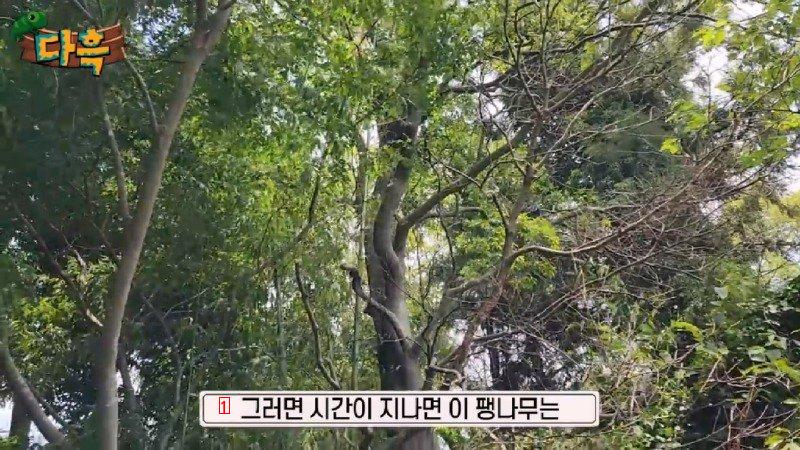
image text translation
(1)There’s a lot of empty space, so I’m going to quit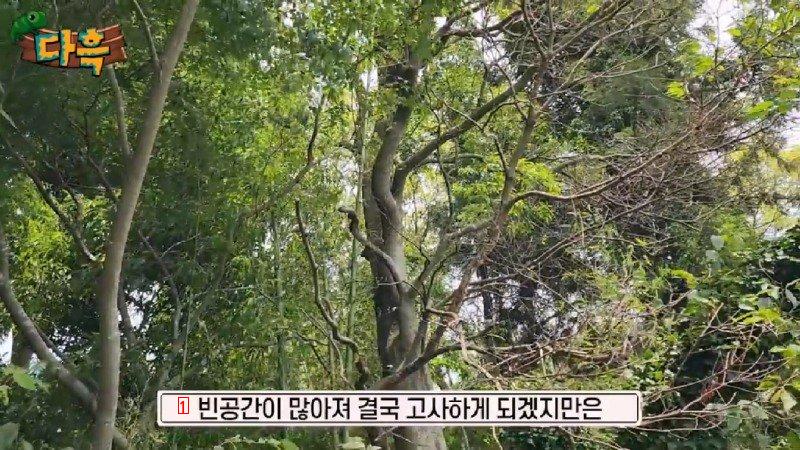
image text translation
(1)After death, stag beetles and other skycow spawns again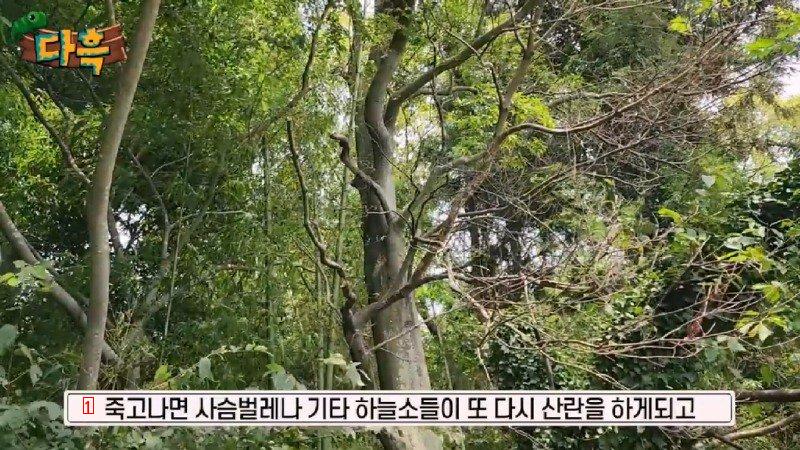
image text translation
(1)Then the tree goes back to the forest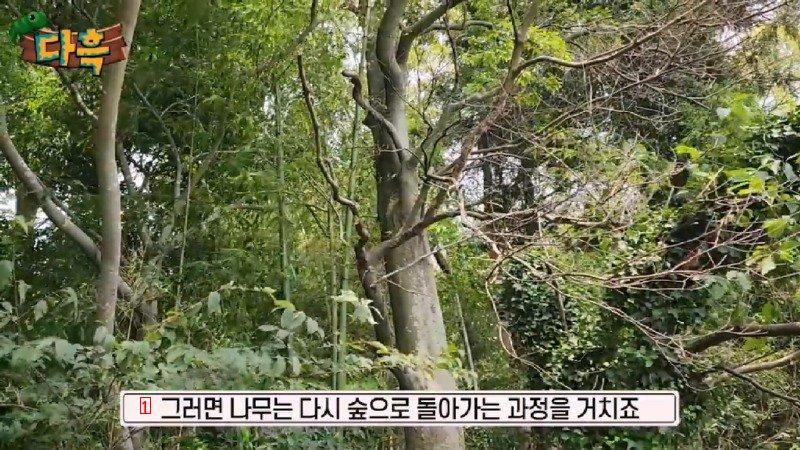
image text translation
(1)Deer bugs can’t fly well because of their heavy body and fall off when a little impact is applied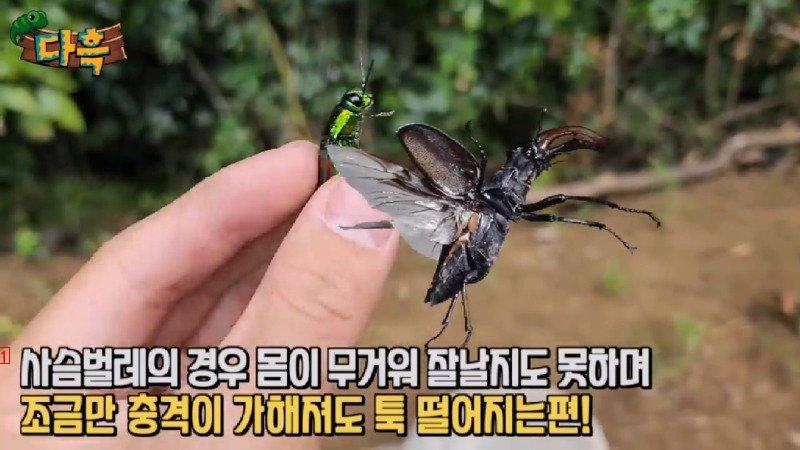
image text translation
(1)Conversely, the python is more of a combat flight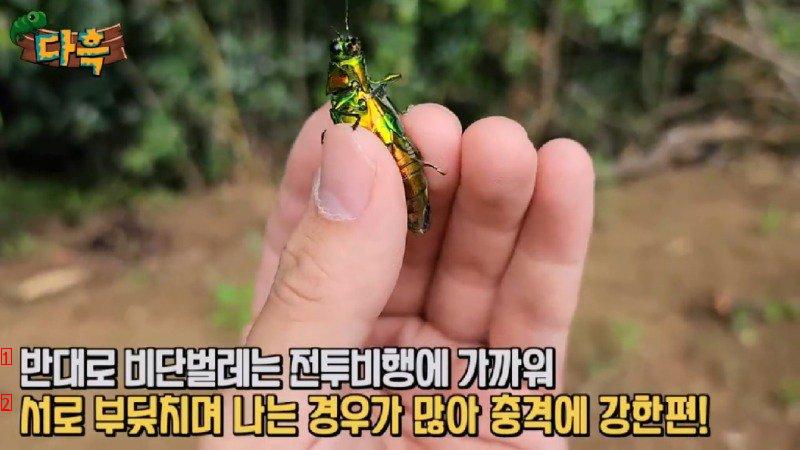
image text translation
(2)It often hits each other, so it’s shock resistant!
(1)In Korea, silkworms… According to Kim Min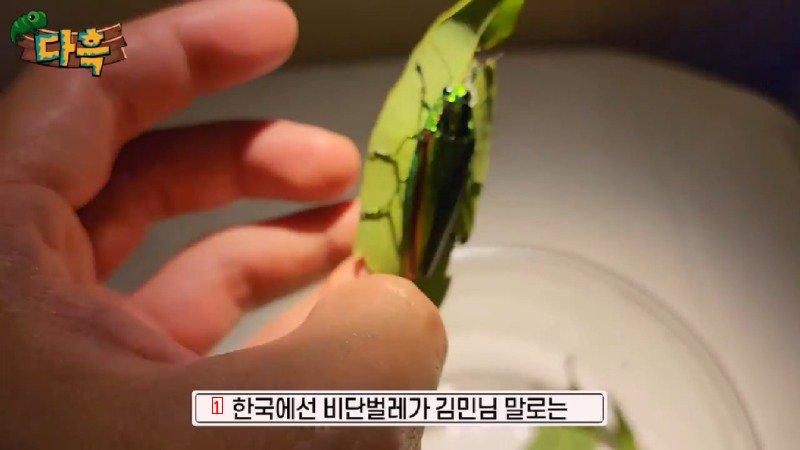
image text translation
(1)In winter, they freeze to death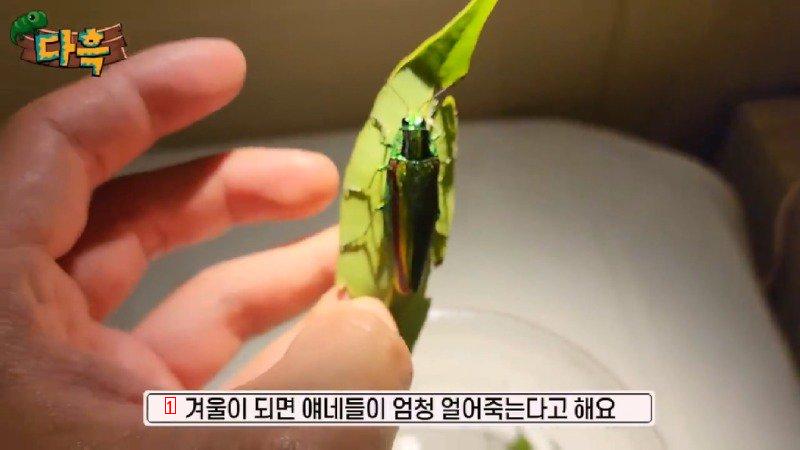
image text translation
(1)It’s not mainly spawning in the roots of trees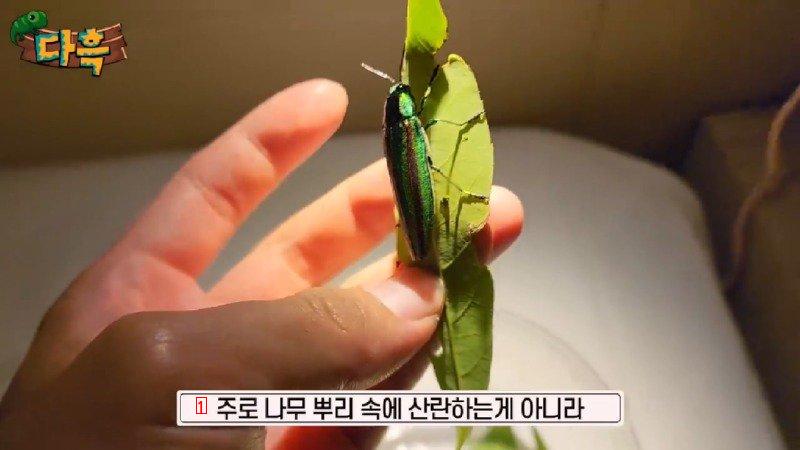
image text translation
(1)silkworm larvae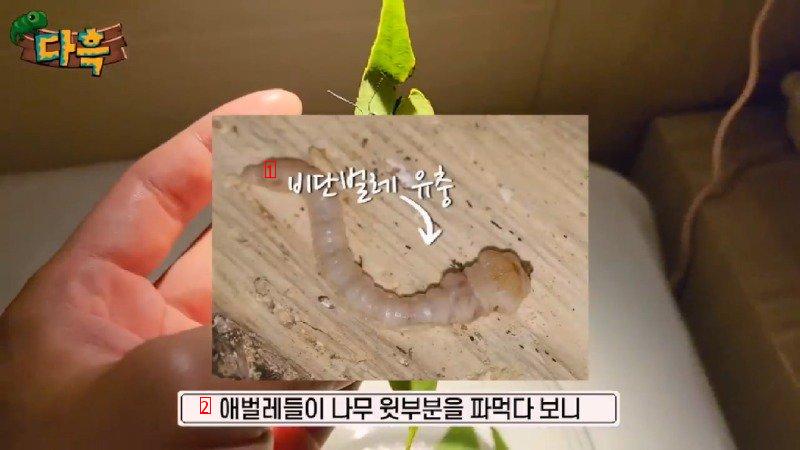
image text translation
(2)The caterpillars dig up the tops of the trees
(1)silkworm larvae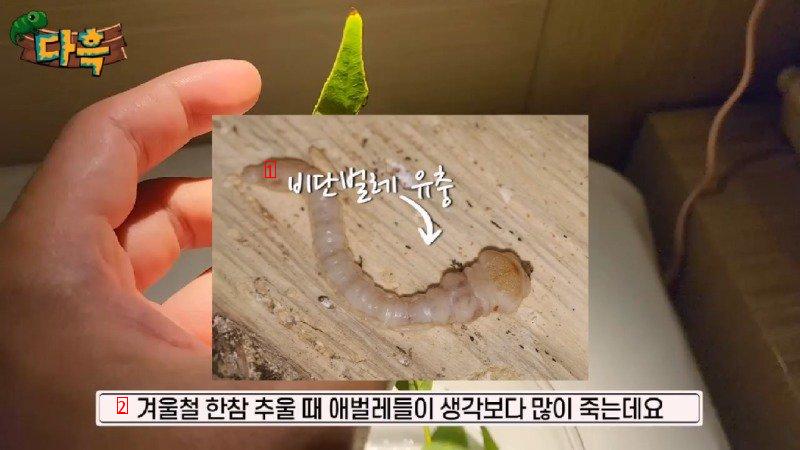
image text translation
(2)When it’s really cold in winter, a lot of caterpillars die
(1)silkworm larvae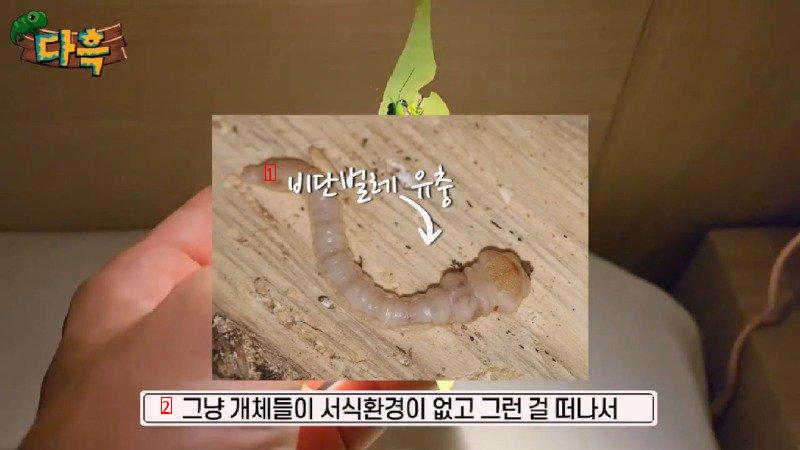
image text translation
(2)Aside from the fact that the animals don’t have a habitat
(1)They don’t have good habits with Korea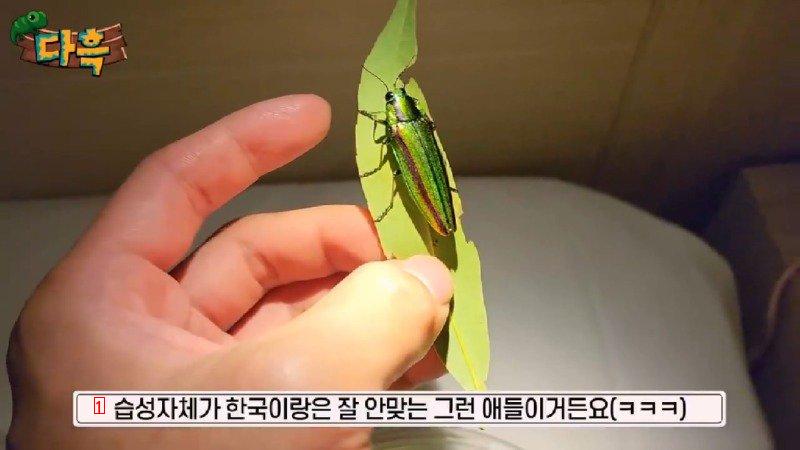
image text translation
(1)the time of life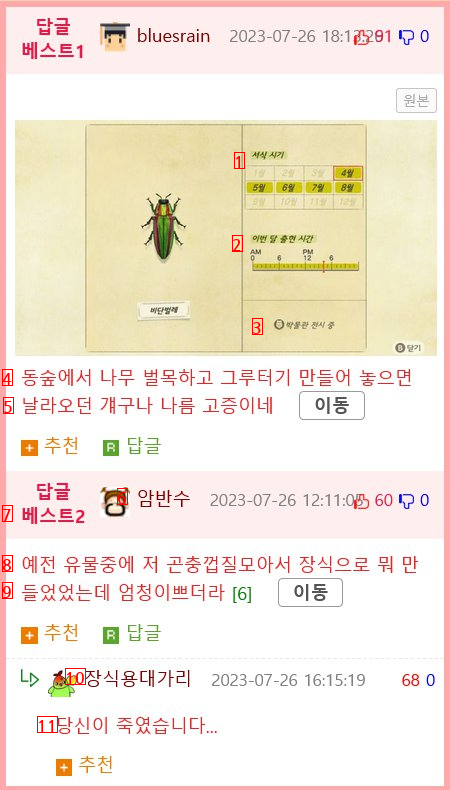
image text translation
(2)Appearance time this month
(3)● on display at the museum
(4)If you cut down trees and make stumps in the forest
(5)It’s the guy who flew in. It’s pretty historical. Moving
(6)rock number 2023-07-26 121105 6070
(7)Best 2
(8)I collected insect shells and used them as decorations
(9)I listened to it and it was so pretty. Move 6
(10)decorative handle 2023-07-26 161519680
(11)You killed him
I guess it was common enough to make things like this during the Three Kingdoms period

image text translation

image text translation
httpsmynacokrviewAKR20181229039700005
